Garca Lorca at the Edge of Surrealism
Garca Lorca at the
Edge of Surrealism
The Aesthetics of Anguish
David F. Richter
Published by Bucknell University Press
Copublished by The Rowman & Littlefield Publishing Group, Inc.
4501 Forbes Boulevard, Suite 200, Lanham, Maryland 20706
www.rowman.com
Unit A, Whitacre Mews, 26-34 Stannery Street, London SE11 4AB, United Kingdom
Copyright 2014 by David F. Richter
All rights reserved. No part of this book may be reproduced in any form or by any electronic or mechanical means, including information storage and retrieval systems, without written permission from the publisher, except by a reviewer who may quote passages in a review.
British Library Cataloguing in Publication Information Available
Library of Congress Cataloging-in-Publication Data
Richter, David F., 1977
Garca Lorca at the edge of surrealism : the aesthetics of anguish / David F. Richter.
p. cm.
Includes bibliographical references and index.
ISBN 978-1-61148-575-2 (cloth) -- ISBN 978-1-61148-576-9 (electronic)
1. Garca Lorca, Federico, 1898-1936--Criticism and interpretation. 2. Surrealism (Literature)--Spain. 3. Surrealism--Spain. 4. Bataille, Georges, 1897-1962. 5. Surrealism (Literature)--France. 6. Surrealism--France. 7. Surrealism--Philosophy. I. Title. II. Title: Aesthetics of anguish.
PQ6613.A763Z865 2014
868'.6209--dc23
2014021018
 TM The paper used in this publication meets the minimum requirements of American National Standard for Information Sciences Permanence of Paper for Printed Library Materials, ANSI/NISO Z39.48-1992.
TM The paper used in this publication meets the minimum requirements of American National Standard for Information Sciences Permanence of Paper for Printed Library Materials, ANSI/NISO Z39.48-1992.
Printed in the United States of America
For caring mentors and engaging students,
without whom the ideas of this book
never would have taken form.
And for Mindy, always.
Illustrations
The drawings by Federico Garca Lorca used in this book are reproduced by permission, copyright 2014 Artists Rights Society (ARS), New York/Visual Entidad de Gestin de Artistas Plsticos (VEGAP), Madrid. All Lorca images are provided by VEGAP/Art Resource, New York. The
Salvador Dal painting is reproduced by permission, copyright Salvador Dal, Fundaci Gala-Salvador Dal, Artists Rights Society (ARS), New York, 2014. The Dal image is provided by The Art Archive at Art Resource, New York.
Acknowledgments
Typing on a computer keyboard is a solitary task. Seeing a book manuscript into print, however, is not, and I am indebted to many friends, mentors, colleagues, and students for their encouragement and help during the process of this books composition. My interest in the topics dealt with here began several years ago under the direction of Greg Stallings at Brigham Young University. It was there that I first read the works of poets including Federico Garca Lorca and discovered the writings of philosophers such as Georges Bataille. I owe much of the development of the ideas in Garca Lorca at the Edge of Surrealism (as well as much of my own intellectual growth) to the enthusiastic teaching of Professor Stallings. The existence of this book is a testament to following ones bliss.
I am also grateful to my mentor and friend Christina Karageorgou-Bastea, of Vanderbilt University. She offered selfless encouragement and support of my work from my first day at Vanderbilt as a graduate student, and she continues to provide a stimulating and rigorous sounding board for my ideas. This work would not have been possible without her. I am thankful for her close readings of my many drafts, for her extensive guidance and suggestions, and for her friendship, which is equally plentiful.
JP Spicer-Escalante has been an exemplary professional mentor and colleague at Utah State University. I greatly appreciate his kindness and counsel. Other colleagues at Utah State University, including Mara de Jess Cordero, Cacilda Rgo, Jen Peeples, Paul Crumbley, Matt Sanders, Gordon Steinhoff, and Javier Domnguez-Garca, have also graciously provided advice and encouraging words.
Many friends and colleagues have read drafts of the chapters of this book over the years and have been generous in their comments and help. Among those who have offered their ideas and encouragement, I wish to thank particularly Edward Friedman, Cathy Jrade, Mona Frederick, John Rosenberg, Dale Pratt, Cecelia Cavanaugh, Jonathan Wade, James Krause, Ryan Davis, Kenny Richins, Ryan Spangler, Collin McKinney, Esther Fernndez, Megan Saltzman, Jamison Fargo, Cade Charlton,
Derek Hines, Danny Macfarlane, and Kevin Jensen. Others, including many students at Grinnell College and Utah State University, have discussed the topics of this book in informal settings as well as in seminars on Spanish poetry, surrealism, and the Generation of 1927. These discussions have provided a stimulating context through which to consider the ongoing revisions of this book. Despite the enormous help and support from these individuals, however, any errors or infelicities in this text are my own responsibility.
Academic and financial support from various institutions has been constant and gracious. I thank Brad Hall, head of the Department of Languages, Philosophy and Communication Studies at Utah State University, for granting me a research leave during the Spring 2011 semester in order to focus my efforts on finishing this project. I also thank Dean John Allen and the College of Humanities and Social Sciences at USU for support and funding during my time at USU. The Mountain West Center for Regional Studies at USU offered generous support that helped with the production costs of this book. I am grateful for assistance from the Support of Faculty Scholarship fund at Grinnell College, which enabled portions of this research during 2007 and 2008. And I am deeply indebted to the College of Arts and Science and the Robert Penn Warren Center for the Humanities at Vanderbilt University for research grants and fellowships from 2004 to 2007, including a year-long fellowship from the Warren Center during the 20062007 academic year. Most recently, I am grateful to Greg Clingham and Pam Dailey of Bucknell University Press for their support and encouragement of my work, as well as Brooke Bures and Amie Brown of Rowman & Littlefield Publishers for their kindness and assistance in seeing the text into its published form. I also thank the readers and reviewers of the manuscript, who provided invaluable suggestions that greatly contributed to the final product.
Finally, I offer my most sincere thanks to both my immediate and my extended family, whose support and care have provided a much needed source of strength during the composition of this book. I am grateful to Renard Richter for his encouragement and friendship, and to Shauna Richter for teaching me to use my imagination and for offering her editorial eye to early drafts of these chapters. I thank Jeffrey, Ella, Ty, and Sam for their smiles, hugs, cheerful words, and trust, and for patiently allowing me to take time away from them on weekends and holidays in order to write, read, revise, and edit these pages. And lastly, I thank Mindy for her love and companionship, which have been necessary throughout this time-consuming project. My efforts have been magnified by her strength, and I recognize that my professional accomplishments would not have been possible without her moral backing and encouragement.
Next page
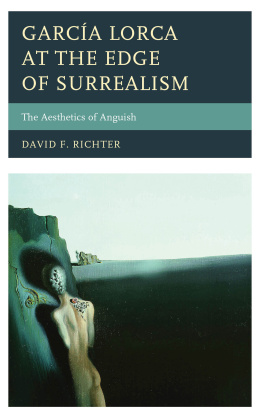
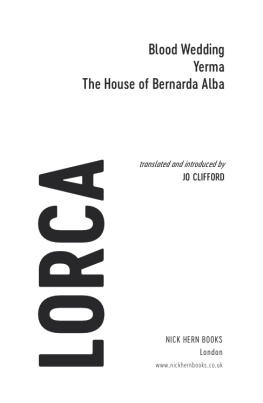

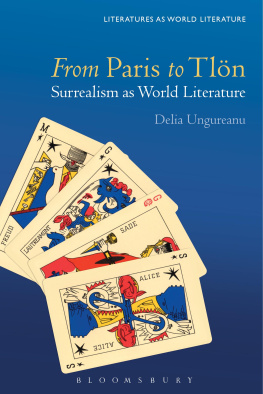
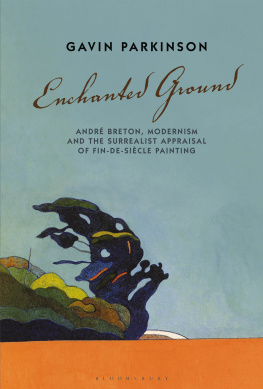
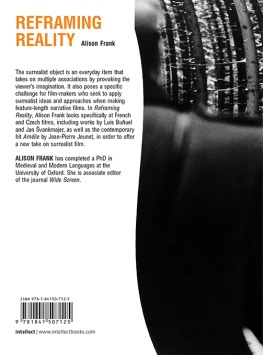
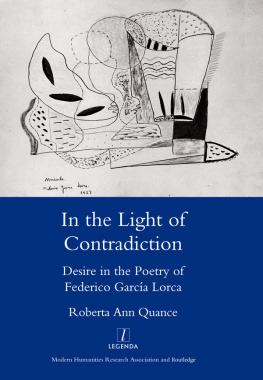

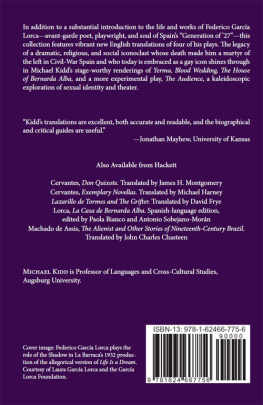
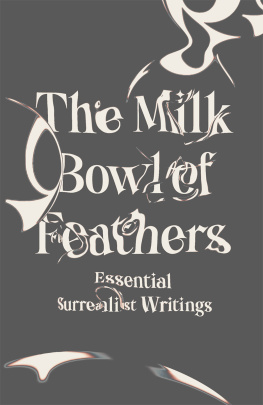
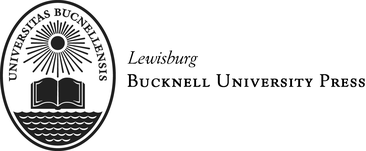
 TM The paper used in this publication meets the minimum requirements of American National Standard for Information Sciences Permanence of Paper for Printed Library Materials, ANSI/NISO Z39.48-1992.
TM The paper used in this publication meets the minimum requirements of American National Standard for Information Sciences Permanence of Paper for Printed Library Materials, ANSI/NISO Z39.48-1992.